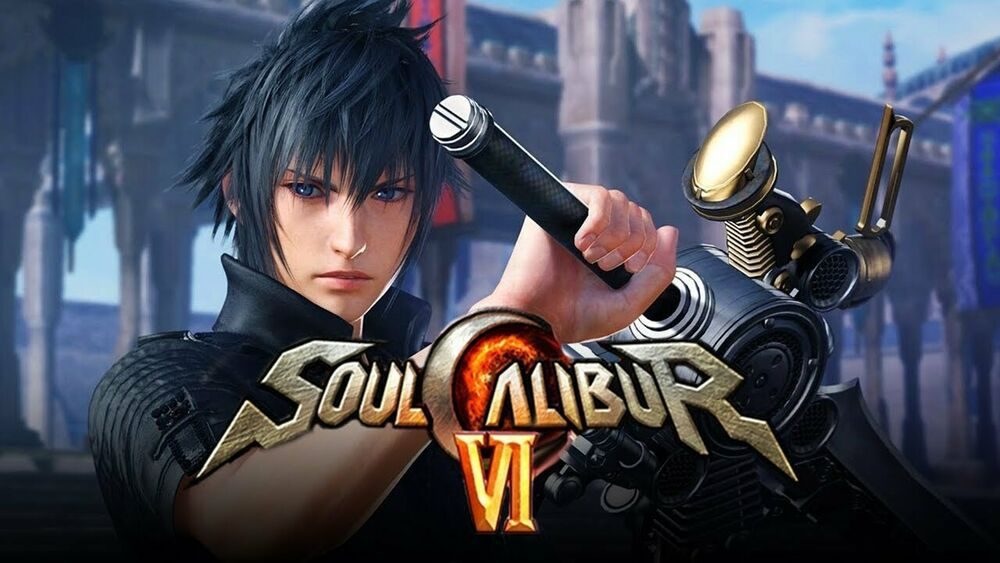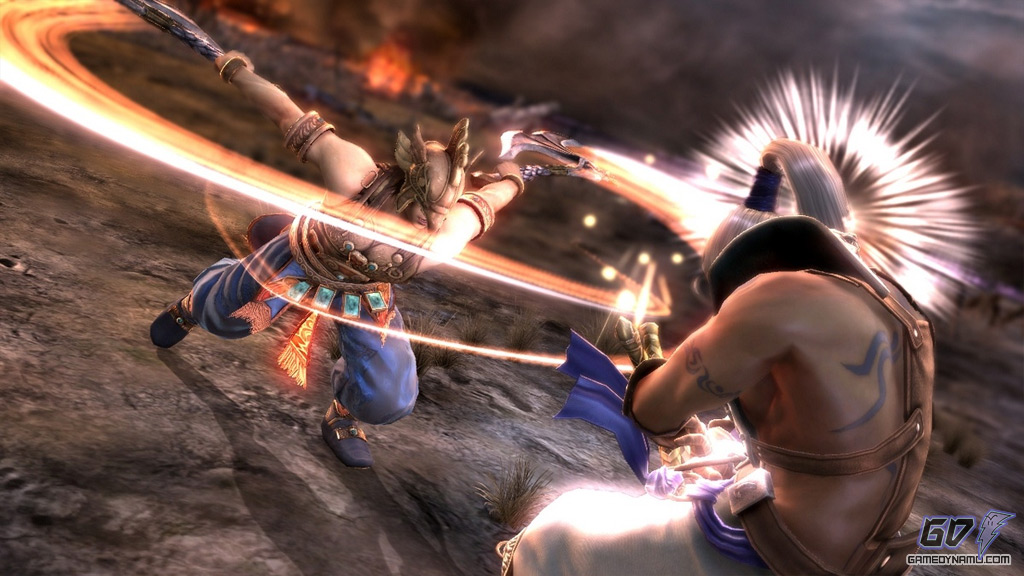

Soulcalibur II further improved and expanded from Soulcalibur, in both graphics and gameplay. The logo of what would be the series' new moniker, Soulcalibur With Versus (one-on-one battle mode), Survival (take on a gauntlet of opponents until the player is unable to continue), Time Attack, Team Battle (a selection of combatants will take on an opposing group, a victor is announced when the last remaining member of a team is defeated) and Training modes, the console port also saw the addition of "Edge Master", a single-player mode in which the player would guide one of the ten main characters in a story-like manner whilst obtaining a variety of weapons for use. Along with its soundtrack, this weapon-based title has been widely praised for being innovative yet traditional to the fighting genre of games. After appearing in arcades, it was made available for the PlayStation console. Set in the late sixteenth century, the game follows nine warriors in a quest, each of whom have their own reasons but share a common goal: to obtain the legendary sword, Soul Edge. II and transported overseas as Soul Blade. The first installment was named Soul Edge in Japan, which was "upgraded" to Soul Edge Ver. For example, Seong Han-myeong is not featured in the arcade version of Soul Edge, and in home versions there is an RPG-type mode titled "Edge Master" where the player can unlock various items including weapons for the default characters.Īs of September 2011, the Soul series has sold approximately 12 million units worldwide. The ported versions are known for their extra features, including new characters, weapons, new costumes, art galleries, martial arts demonstrations and involved single player modes, when compared to the original arcade versions.

All games in the series before Soulcalibur III were originally arcade games, subsequently being ported to home consoles.


 0 kommentar(er)
0 kommentar(er)
